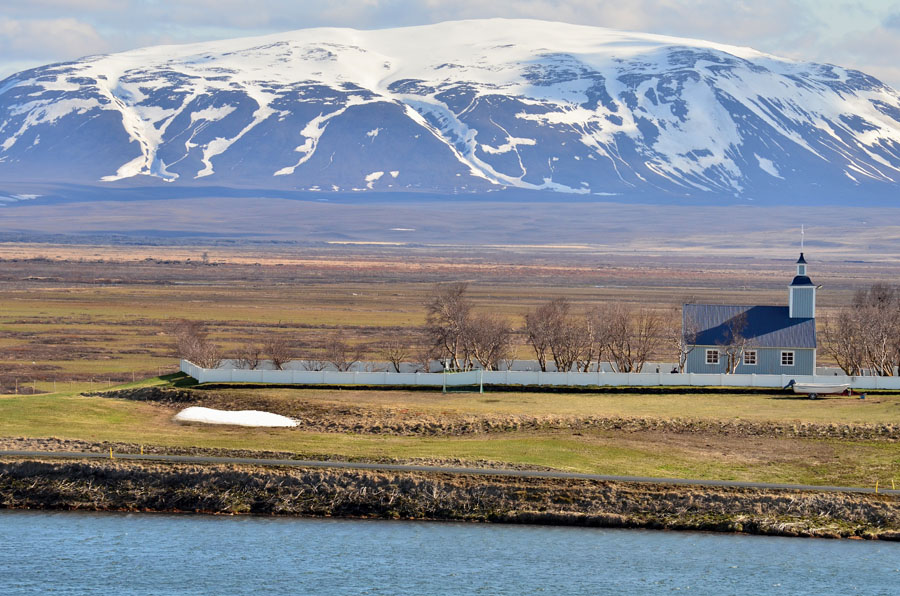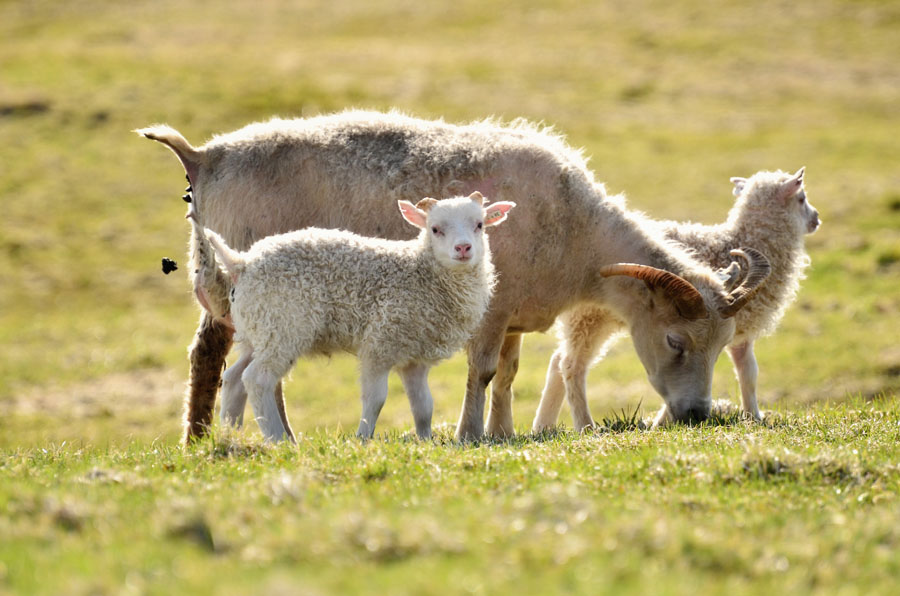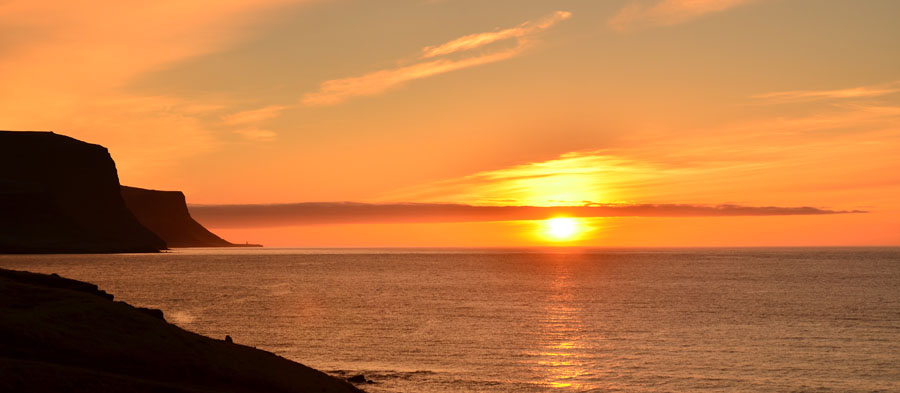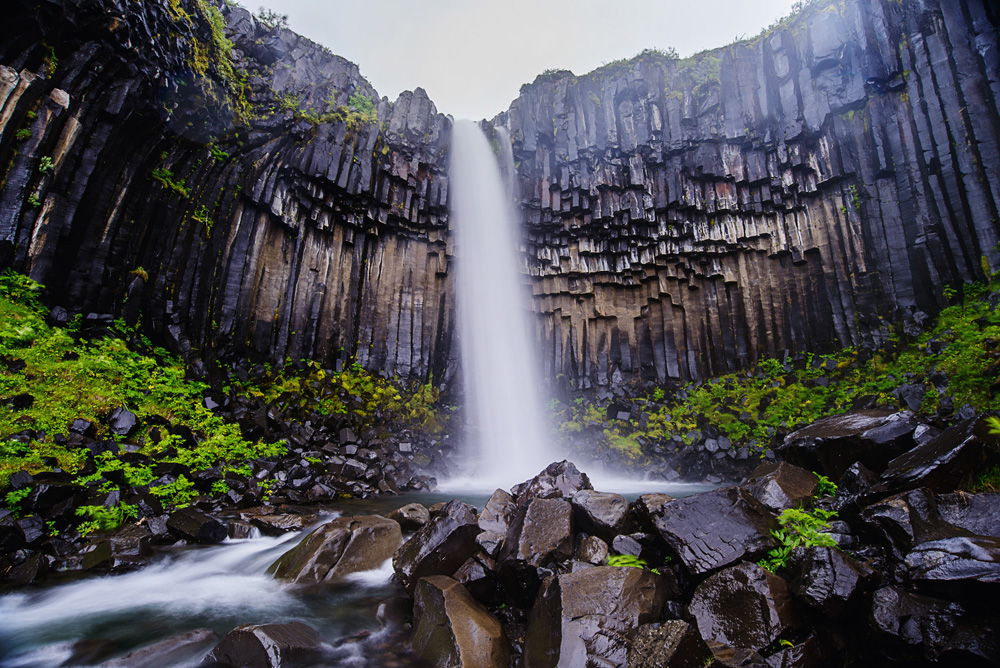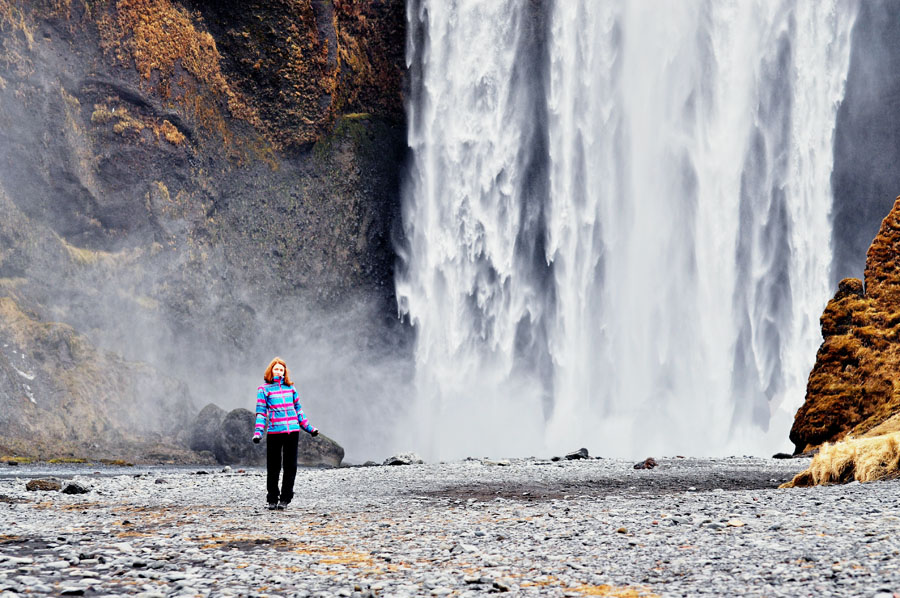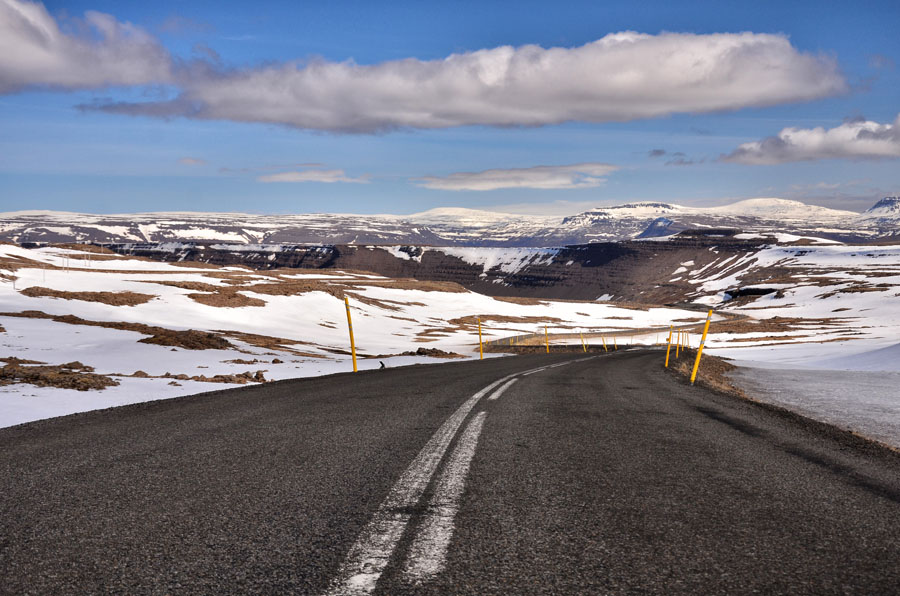
Probably the hardest question to answer, for the simplest reason – Iceland is worth your time all-year round.
As you might have heard it already, no one comes to Iceland only once. Maybe it’s the locals, maybe it’s the culture, but something about Iceland makes people coming back for more. And as every season offers a unique experience and incredible sights specific for a single season, it is hard to find a reason not to come back again.
However, if you are looking into booking your first ever trip to Iceland and want to see as much as you possible can go with March/April, in Iceland known as – spring!
Here are our 7 reasons why:
1.) Weather
Winters in Iceland are usually cold, windy and full of snow – truly a winter wonderland.
Spring, on the other hand, is the time when you can feel the nature waking up! The spring flowers are slowly showing themselves, trees are putting on new “leaf-dresses” and the weather is definitely picking up.
This is all thanks to the Gulf Stream bringing in the warm winds from the Gulf of Mexico and making Iceland surprisingly warm. However the presence of glaciers, reflecting the sunlight back into the atmosphere, cools down the surrounding land which gives for an unpredictable weather. This is when the Icelandic saying “If you don’t like the weather, just wait 5 minutes” will come in quite handy.
But this is all a part of the Icelandic charm as you will be able to take photos of snowy mountain tops with the Sun shining over the landscape. You will get to see all of the Icelandic weather, easily.
2.) Animals
When the national TV shows loa sighting, it means the spring is upon us and you will soon be able to enjoy the wildlife.
Throughout the year, one can easily spot the most common domesticated animals: sheep, horses and cats.
Icelandic sheep are let go to wander throughout the summer months. This makes for delicious meat and extremely high quality wool that the locals use to make the ever-popular lopapeysa – Icelandic traditional woolen sweater.
Icelandic horses are world-renowned as well – partially because of their pony-size but mainly because they have 5 gaits.Make sure to try tölt if you decide to take a horse-riding tour during your visit.
Wildlife, though scarce, is incredible as anywhere else. If you like spending your time outdoor, and you are feeling lucky, you might spot an arctic fox – the only land mammal native to Iceland. This might be a good time for you to travel all around our little island, in which case, when you find yourself in the eastern part you might see a reindeer (there are only 3000 of those in the whole country).
If you prefer sea creatures, you can always book a tour and go whale-watching, just in the vicinity of the capital Reykjavik or take your chances and visit some of the popular places to see the seals, like Ytri Tunga in Snæfellsnes.
3.) Long(er) days
Not only is the nature waking up, but in the spring you are blessed with longer daylight allowing you to enjoy it the best way possible. As we go from 4h of daylight in winter to 16h of daylight in spring, it is the most normal you will get when it comes to the “normal day”. This can be important if you have difficulties sleeping/staying awake as both problems are persistent among locals during summer/winter.
4.) First day of summer
The first day of Harpa – seventh month in the old Norse calendar – signifies the beginning of summer. Albeit, that same calendar divided the year in only 2 seasons: dark winter and light summer. For Icelanders, this is a public holiday that people spend enjoying various outdoor activities: mainly heading out for an ice-cream (preferably in summer clothes) or embracing the “grilling weather”.
That’s right – we do love our summers and although the temperatures are far from those typical in the summer, nothing can stop us from celebrating this season. Even the fact it’s still not summer.
5.) “Shoulder season” = cheaper season
Off-season in Iceland basically brings together the best out of both worlds; on one hand the landscape is still covered in snow, ice is nicely fitting all the famous waterfalls, less tourists are blocking your view or filling up your hostel room; on the other hand the temperatures are higher, the days are longer and the weather generally better. But let us elaborate on 2 important things there.
To describe tourism in Iceland as booming might as well be an understatement as the country has been seeing the annual increase in the number of tourists between 15 and 25%. Just last year we have welcomed around 5 times more tourists than there are locals and although Iceland is magical, there are certain struggles in dealing with this rapid growth on which we can’t use our magic wand. The biggest increase is visible in the summer months, as well as around the Christmas holidays.
Longer days also mean more time to spend looking around exploring the country. This time might be the best to do day trips to slightly remote places like Jökullsarlón/Glacier Lagoon. Though the weather might not be permitting to do the most famous Icelandic hikes, Skaftafell National Park offers a couple of short hikes, most popular being the one to the beautiful Svartifoss (“Black Falls”).
On top of that, during spring it’s easier to find accommodation which is, also, significantly cheaper. The same goes for the flight tickets that supposedly drop up to 20%.
6.) Loneliness
Visiting this quite isolated island in the North for some is not enough so they venture further in search for some peace of mind. You should know that around 2/3 of the total population live in Greater Reykjavik Area and if there are not many tourists visiting, the rest of the island is scarcely populated giving you ample space for your personal journey.
7.) Why not?
Everyone starts their year by making their New Year’s Resolutions which usually include: more traveling and more exercise. Why not start the new year by a visit to “The Land of Ice and Fire”, where you can find both and much, much more?

